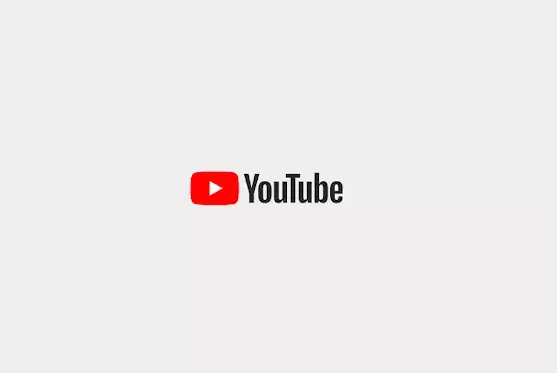The recent overhaul of YouTube’s Advertiser Friendly Guidelines marks a significant turning point in how content creators can approach their videos, especially those in the gaming, comedy, and vlog sectors. Historically, creators faced a tightrope walk—balancing authentic expression against the risk of demonetization. With these changes, YouTube signals a willingness to adapt to the evolving landscape of digital content, acknowledging that modern audiences and creators desire more freedom to communicate in a genuine manner.
This move indicates an understanding that language, even if coarse, often forms a natural part of storytelling or humor. In many ways, it refutes the overly cautious approach that once restricted creators from expressing themselves fully early in their videos. By allowing profanity in the first seven seconds without negatively affecting ad revenue, YouTube is explicitly encouraging creators to embrace authenticity, fostering a more dynamic and expressive environment. This decision, though seemingly minor on the surface, heralds a new mindset within the platform—one that values the creator’s voice over rigid, outdated standards.
The Shift in Advertiser Strategies and Audience Expectations
At the heart of this policy revision lies a nuanced understanding of advertising dynamics. Previously, the proximity of profanity to ad placement heavily influenced whether a video could generate full revenue. Advertisers often prioritized brand safety, fearful that early profane language might alienate more conservative audiences or lead to negative brand associations. However, digital advertising has matured; targeted ads, demographics, and content filters have become more sophisticated.
By expanding the tolerance threshold and recognizing that advertisers now have greater control over where their ads appear, YouTube is reducing subjective risk. They are effectively trusting that advertisers will use their targeting tools to reach appropriate audiences, even if a creator’s content includes stronger language early on. Additionally, platforms like YouTube benefit from a more inclusive environment that accommodates diverse voices—be it indie artists, gamers, or comedians—who rely on authentic language to connect with their communities.
This alignment signifies a broader industry trend: classic taboos around language are eroding, replaced by a focus on context and audience targeting. YouTube’s acknowledgment of this change demonstrates an enlightened understanding, positioning the platform as a more creator-friendly space. It empowers creators to craft more genuine, relatable content without fear of inadvertent monetization penalties, which in turn could lead to healthier, more vibrant communities.
Balancing Authenticity and Responsibility
Despite the flexibility offered now, the policies still contain safeguards to prevent gratuitous profanity from becoming the norm. It is clear that YouTube aims to strike a delicate balance: enabling expressive freedom while maintaining brand safety and viewer comfort. For instance, the restrictions on profanity in titles and thumbnails remain, recognizing that these elements heavily influence first impressions and viewer perceptions.
Moderate or intense profanity used frequently or inappropriately will continue to trigger restrictions, underscoring that the platform is not surrendering all standards. Instead, it signals a pragmatic shift, trusting creators to exercise judgment, and allowing those who use language sparingly and meaningfully to do so without fear of demonetization. This nuance is critical—full-throated authenticity must coexist with responsible content creation.
The new policy implicitly encourages creators to think more critically about where and how they deploy strong language, emphasizing quality over quantity. It’s an invitation for creators to foster deeper engagement through honest expression, rather than resorting to shock tactics that can alienate audiences or undermine their earnings. As the platform evolves, it becomes increasingly apparent that personal voice and authenticity are now valued higher than simplistic adherence to outmoded standards.
An Opportunity for Creative Innovation
Ultimately, this shift opens up a world of new possibilities. Creators can now experiment more freely with comedic timing, storytelling, and emotional depth—all while maintaining their monetization streams. It urges content producers to rethink strategy, storytelling, and engagement tactics. When the fear of early profanity demonetization is removed, the creative space broadens, promoting content that is more genuine, nuanced, and tailored to modern audiences who crave authenticity.
However, creators should approach this newfound flexibility responsibly. The temptation might be to push boundaries recklessly, but doing so risks alienating segments of their viewer base or provoking further restrictions. Thoughtful, strategic use of language, aligned with audience expectations and content goals, will be key. This policy change is not just about monetization—it’s about redefining the relationship between creators, audiences, and advertisers in the digital age.
In embracing this evolution, YouTube positions itself not merely as a platform but as a lighthouse for progressive, creator-centric content. It recognizes that real conversations often include colorful language, and that respecting creator expression is essential to fostering innovation and community. This is a defining moment—one that could reshape the very fabric of content creation on the platform and beyond.

